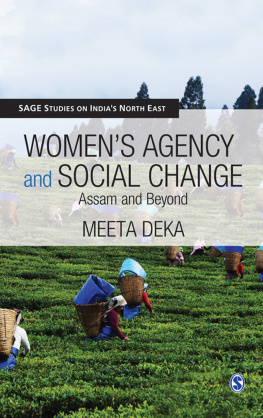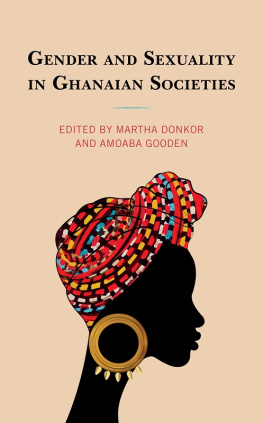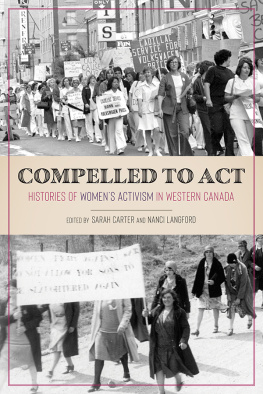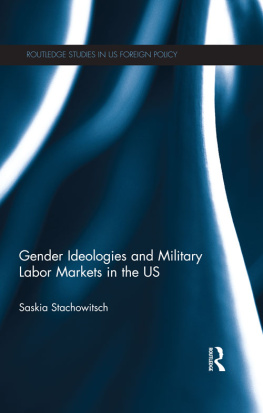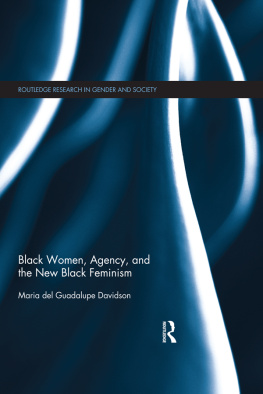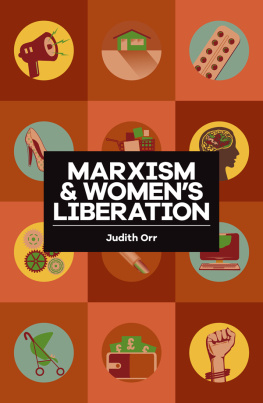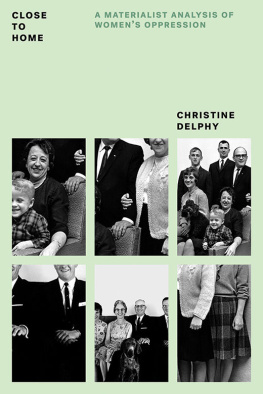Vivek Mehra, Managing Director and CEO, SAGE Publications India Pvt Ltd, New Delhi
Bulk Sales
SAGE India offers special discounts for purchase of books in bulk.
We also make available special imprints and excerpts from our books on demand.
For orders and enquiries, write to us at
Marketing Department
SAGE Publications India Pvt Ltd
B1/I-1, Mohan Cooperative Industrial Area
Mathura Road, Post Bag 7
New Delhi 110044, India
E-mail us at
Get to know more about SAGE, be invited to SAGE events, get on our mailing list. Write today to
This book is also available in Printed Version

Women and Society
Women and Society includes three sections, that is, Retrieving the Woman in Assam, Woman Writers of Assam and A Gender Perspective of the Text on the Skin in Northeast India. The first, Retrieving the Woman in Assam, traces the portrayal of the woman in myths, legends and historical writings, and her subsequent growth of consciousness through changes in the economy as well as their active participation in the national struggle for Independence and regional mass movements, emerging as agents of change. Most works were written by men and women of the upper caste of Hindu society who had access to education. Societies of the ethnic or other marginalized groups were never considered important and were generally described as societies with low moral values by most colonial writers. Woman Writers of Assam addresses the ideas and beliefs of women writers such as Nalinibala Devi, Chandraprova Saikia and others and attempts to identify gender issues therein. The inclusion of the section on A Gender Perspective of the Text on the Skin in Northeast India is to bring into prom-inence the socially excluded ethnic groups of the wider society, and also to provide an example as to how womens history can be elicited from social practices such as tattooing.
Retrieving the Woman in Assam
An attempt to retrieve the woman in Assam, of the Brahmaputra Valley in particular, in a historical perspective, from the pages of history, should be based on an understanding of gender as a system of social relations within the framework of boundaries, negotiation/domination and consciousness (Gerson and Peiss: 2004) and which is constantly being influenced by various social, economic, cultural and political forces of the prevailing milieu. This approach would explain, to some extent, the transition of the Assamese woman, tribal and non-tribal, in terms of her social and economic status in precolonial, colonial and postcolonial times. It must be noted that such a broad study, however, does not reveal the underlying complex gender relations of the social structure of the various communities; each society or culture will have to be critiqued separately but within the social and historical context of the society at large.
In Myths and Legends
Myths and legends are said to represent the self-image of a given culture, expressing its social assumptions and are imagined or assumed to have happened, and time is almost proto-chronos since it involves gods and the supernatural in an active role with humans and animals, and used by those aspiring to and legitimizing power as a means to establish lineages (Thapar: 1993). It is, therefore, important to know briefly how the woman is depicted in the myths and legends of Assam. Such an understanding may, to some extent, be significant for the historical reconstruction of the woman in Assam. In a mythical legend on the life of King Naraka, as mentioned in the Kalika Purana , the power relations of the two sexes, the concept of negotiation/domination, as well as the separate spheres, are explicit. It is interesting that the Kalika Purana is said to have been largely composed around the 10th or the first half of the 11th century CE (Barpujari: 1990), and its author narrated Narakas life throughout the two ages of the epics, the Ramayana and the Mahabharata ( Kakati: 1989). The myth which became entrenched in the later legends and incorporated in the epics suggests a patriarchal society with delineated separate spheres wherein the woman is assigned to the domestic realm and man to the public.
The woman is represented as Mother Earth associated with the role of reproduction and involvement with the rearing of children, as Katyayani, and goddess Kamakhya, associated with the fertility cult and divine powers. This representation suggests gestation and childbirth as the natural manifestations of the creative power, the reason why, as discussed by Amaury de Reincourt, the primitive man looked at women as part of those forces of nature that he feared and did not understand (de Reincourt: 1989). The Naraka myth runs that Mother Earth had conceived Naraka through Vishnu, but was powered by gods like Brahma and others so that she might not deliver the child till Ravana was killed and the world was free of his misdeeds. Male domination is apparent in the powers of Brahma who is said to have controlled the time of the delivery of the child. This also makes Naraka contemporaneous with the events of the epic, Ramayana. One also sees the process of negotiation when Mother Earth selects the place of birth for Naraka in the land of King Janaka, delivers the child and lives there for 16 years.
During this period, Mother Earth impersonated herself as a nurse, Katyayani, and brought Naraka up. Naraka excelled the royal princes in martial arts and this made Janaka apprehensive that the former might usurp the throne. Katyayani became aware of this fear and decided to embark on a pilgrimage with Naraka as her escort. The two went to the Ganges where Naraka met his real father, Vishnu, for the first time and they came by water to Pragjyotisha. Naraka conquered the land from the Kiratas and was installed as king by Vishnu, and was placed in charge of goddess Kamakhya. It may be noted here that the independent goddess now needs to be under the protection of a male god. However, he is said to have received a vaisnavatra , a Vishnu weapon from Krishna by virtue of his mothers prayer, symbolic of feminine power, and visnusakti from Vishnu himself. Visnusakti implies a weapon as well as the divine energy as embodied in the female deity of goddess Kamakhya. This myth is deeply embedded in the legends related to the early life of Naraka, and rulers of Kamrupa tried to trace their descent from Naraka so as to legitimize their rule (Kakati: 1989). In this legend the woman is infused with great divine power and plays a significant role in decision-making with a political bent that later rulers tried to associate with.
The depiction of the woman in these myths and legends is particularly interesting especially when one relates it to the concept of Shakti in Hinduism, in which the female power principle is dominant. In understanding the various societies in Assam, it should be noted that the Mother Goddess cult evolved over time from an independent and powerful deity to become a consort and mother. Indigenous independent tribal goddesses, such as Tara, too became represented as a consort in the brahmanical patriarchal pantheon of gods. For example, in Eastern India, the independent Mahishamardini was later depicted as a consort of Shiva, as forms of Gauri such as Parvati, Uma and Lalita and then as a mother where the goddess is flanked by her two children, Ganesha and Kartikeya in the Deopani sculpture of Assam. Again, Deopani images of Kali earlier depict the goddess as independent but later as a consort of Shiva (Saraswati: 1990). The change in the depiction of the goddess corresponds to a change in gender relations in the society. Liddle and Joshis (1986) historical analysis of female power in India reveals that female power is deeply rooted in history and is, therefore, strong and even seen as a threat to men. Unlike the situation in the West where the woman is looked upon as weak and has to be protected, male dominance over women in India, as Liddle and Joshi suggest, has been established by suppressing female power such as in the caste system and in the patriarchal family, which, according to them, is neither universal nor natural but has been the site of the struggle to restrain female power. This is largely applicable to an understanding of womens subordination in Assam. Liddle and Joshi argue that the historical analysis of the female power principle and the oppo-sition to it embodied in the dominant male structures, particularly the patriarchal family, are crucial to an understanding of gender relations. Their historical analysis, based on the female power principle, provides a clue for a critical historicist reconstruction that engages dominant ideological forms. They believe that the reconstruction of the history of female power closely relates to patriarchal family structure, religious practices and underlying ideologies (Liddle and Joshi: 1986).

